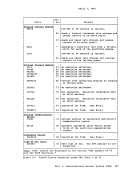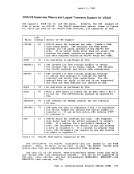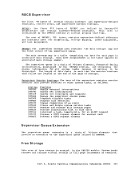logged on or since the last ACNT command was issued for his
virtual machine.
virtual machine.
system paging drum for this user.
The second line of the response gives the user his processor usage and
accumulated
command was issued for his virtual machine.
TTIME is the total virtual processor and
the user.
the user.
RDR is the total number of virtual cards read.
THE
INDicate
under "The Class G Indicate Command."















































































































































































































































































































































































































































